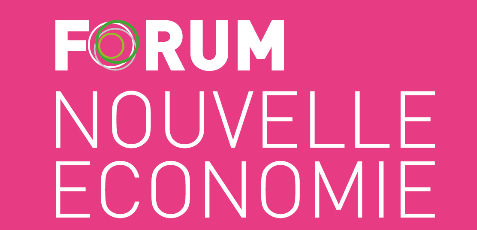Meet Samy Benchouk: La Lignière's new sports doctor
- Mandy

- Mar 24, 2021
- 4 min read
Updated: Feb 4
La Lignière has a great medical centre with specialised doctors most of whom speak fluent English. Living in Nyon met with Samy Benchouk, the centre's new sports doctor to hear more about his area of practice.
Samy Benchouk joined La lignière in January and works with patients with orthopedic issues and he is the new sports doctor. In this interview, he tells us more about his field and the way he works. He also has some great tips for avoiding sports injuries in the first place!
Living in Nyon (LIN): Can you tell us a little more about yourself and what made you specialise as a sports doctor?Samy Benchouk (SB): I studied medicine at the university in Geneva and spent time in the emergency room in Valais. This gave me a lot of exposure to sports injuries due to amount of skiers, sledgers and hikers in the area. When I moved to the Hospital de la Tour in Geneva I was in the sports and orthopedic department. It was there that I realised I wanted to specialise in that field.
I was seeing so many, very active and healthy people, that had often simply pushed themselves too hard training. We had to fix the injury they had but also ensure they recover on the long term. We would help them to make a training plan that was compatible with their recovery, but also their ambitions.
LIN: Can you explain in more detail what a "Sports doctor" is and how it differs from, for example, an orthopedist?SB: An Orthopedist is there to determine if the injury needs surgery or not. If it doesn't they will refer the patient according to what they judge is the best course of action.
A sports doctor specialises specifically in the pains and injuries related to sports. We focus on building up people's body and muscles to reach the level of activity they are aiming for. This is done by developing exercises that take into consideration their medical history, their lifestyle and their ambitions.
LIN: What are the signs that we need to consider contacting you as a sports doctor?SB: Often people tend to wait too long before seeing somebody. When there is an injury that doesn't heal or a muscle pain that remains people often go to an orthopedist or their family doctor.
The problem is that it's harder to fix once a lot of time has passed.
There are 3 main signals to watch out for and that will tell you it's a good idea to come and see me:
A recurring pain
A pain that doesn't go away over a certain period of time
A pain that disrupts your sleep
It can vary quite a lot. I see the patients from the clinic that need to rebuild their muscles of course. Then there are people that come in for consultations related to sports. For example, I recently had a patient who wanted to get back to golf after a long break during the COVID restrictions. After his first day of golf he was in teremdous pain and was worried he would need a hip operation or even a replacement.
We worked together built up his exercise routines gradually. This allowed him to rebuild his muscles and bring them to the level necessary to strengthen his hip. He is now able to play his 18 holes of golf without surgical intervention and pain-free!
I take a holistic approach to the meeting. I spend quite some time simply asking your questions not only about the pain and the reason that brought you here, but also about your lifestyle. Your amibtions and what level of fitness you want to achieve.
What I love most about my work is the fact that I get to look at the whole picture of a person and their life. Not just the fracture or the pain point in an isolated and medical manner. I also regularly consult expert colleagues at the clinic and Nyon Hospital such as the orthopedic surgeon Dr John McManus.
The consultations are covered by the insurance just as a visit to your doctor would be. Depending on the diagnosis and treatment, there may be other expenses. These are often covered by the complementary or "complementaire" insurance such as the sports evaluation for example.
Of course! The most common thing I see is that people decide they want to get back in shape and pick up where they left off their training a year or two ago.
They assume they are still in the same physical condition they were then, and they push themselves too hard at the beginning. Because of this, a twisted ankle or a pulled muscle can very easily happen.
When you want to pick up your sports or fitness activities again, it is important to build yourself back up gradually. Build up your muscles and cardio and also have the right equipment.
If you do an exercise that causes you pain, don't do that exercise for another 48h to give your body time to heal. Do other ones in the meantime that work different areas and muscles giving the pain area to recover. Then you can try again after 48h.
Is it time for you to consult a sports doctor? You can make an appointment with Samy Benchouk or any of the other specialists at La Lignière here.






Comments